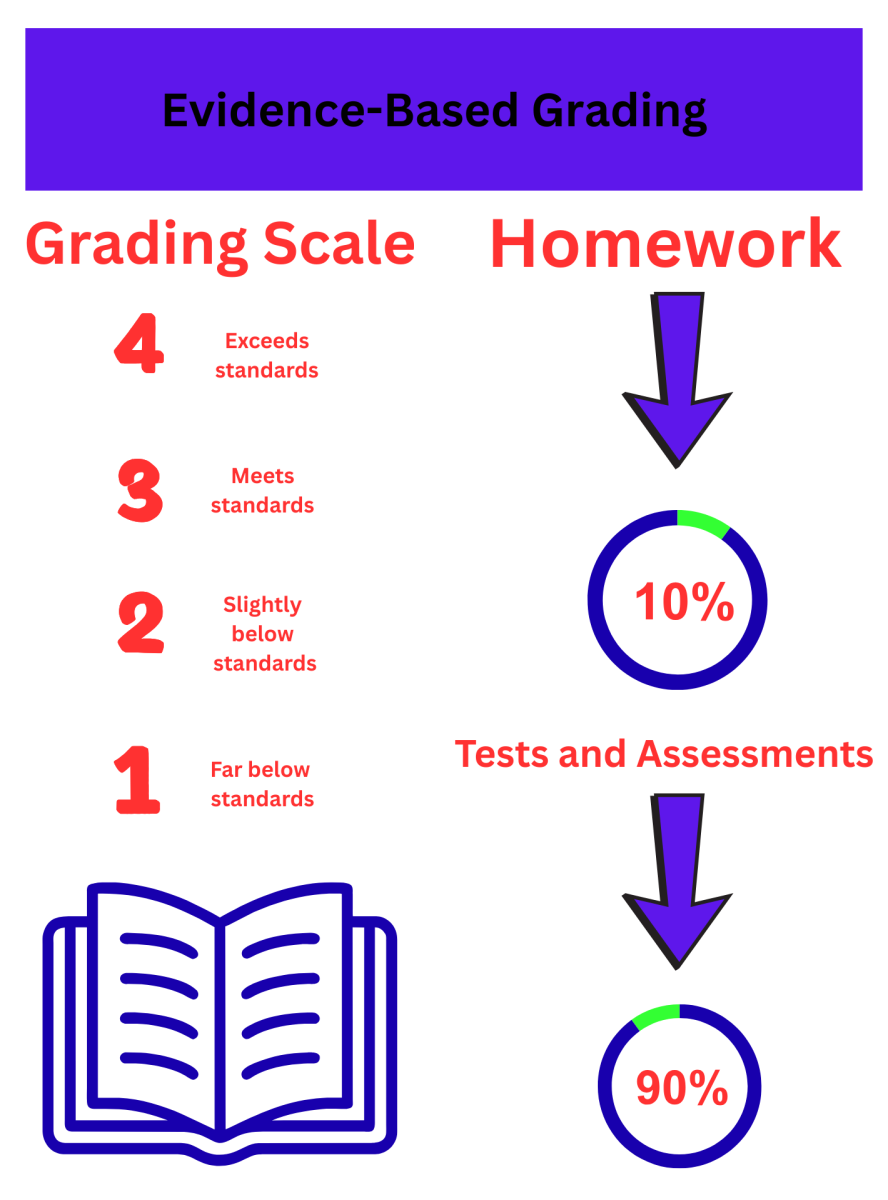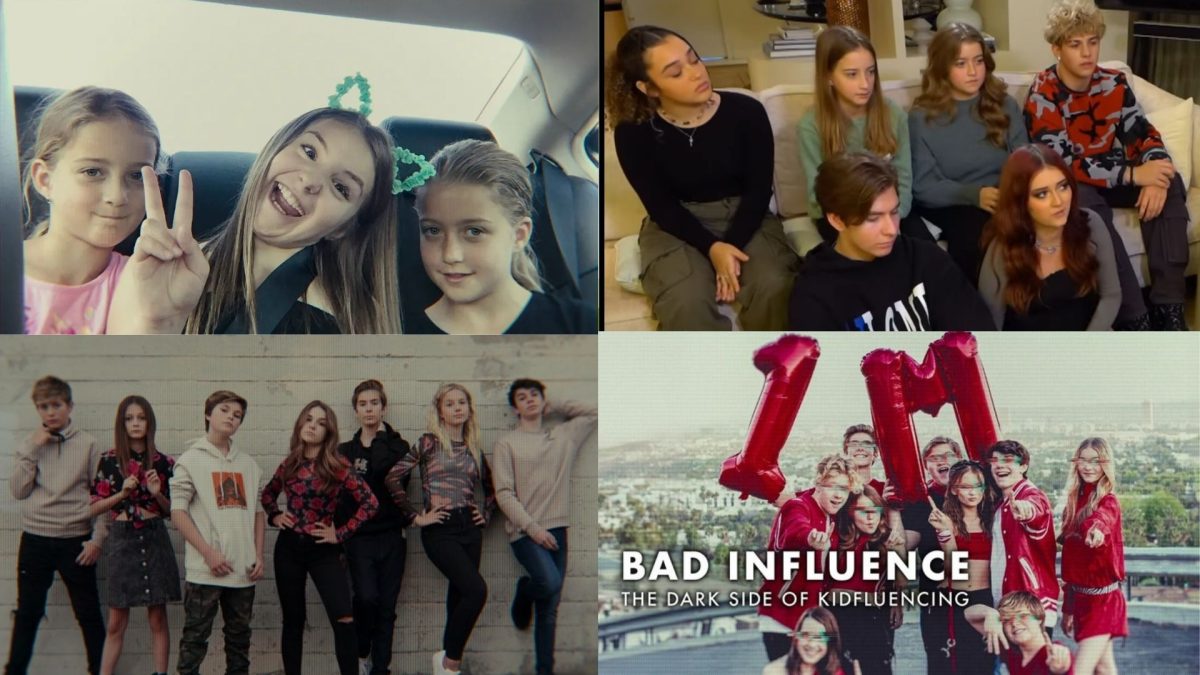For many years at SJHHS there have been two different graduation robes, a blue one and a white one. Over the course of high school students that average a weighted 4.0 GPA or higher receive a white robe and those below a weighted 4.0 GPA receive a blue robe.
Though a high GPA is a great achievement, it is an incomplete representation of a student’s hard work throughout high school and is over-emphasized during graduation.
Students’ GPA is determined by their letter grades from each class but is only a mere reflection of their hard work. It does not account for student’s outside responsibilities such as balancing extracurricular activities, taking care of their family, or having a part-time job. These are the aspects that create a complete representation of a student’s high school journey–and they are left overlooked during graduation.
“A student’s GPA doesn’t necessarily measure how hard a student has worked and it definitely doesn’t measure how successful a person might be after high school,” said Activities Director Brooke Valderrama.
The availability of resources for students is another factor that greatly impacts GPA. Families that have the wealth to provide their child with a tutor or additional classes are given a significant advantage in comparison to those who cannot afford it. For instance, in recent years, many universities stopped requiring students to submit their ACT or SAT scores because of this unfair advantage and its failure to represent students’ academic potential. Unfortunately, this upper hand greatly affects GPA and may create a sense of elitism on students’ available resources and their family’s wealth.
Goals and success look different for every student. Their personal achievements are in ways more important than aiming for a “general standard,” in other words, receiving a 4.0. The above factors like accessibility to resources and outside responsibilities all affect the extent of a student’s goals. Some students may strive to receive A’s while others strive for B’s depending on their circumstances. Success regardless of its form should be equally recognized. A student may feel more motivated when striving to be the best version of themselves instead of trying to reach someone else’s standards. Every student having their own uphill battle should feel proud when they get to the top.
Classifying students by their graduation robe can also affect students on a more personal level. Though students are recognized by small items like cords, stoles, tassels, and medallions for their achievements, the color of their entire robe is an apparent reflection of their GPA. From a student’s perspective, it can be extremely disappointing to be wearing a different color robe than your friends and it can create an unhealthy environment.
“My daughter was 0.2 away from a white robe and it really really crushed her because all of her friends were wearing white and she wasn’t,” said teacher Charles Briggs.
Graduation is one of the last times many seniors will see each other, and it should be spent enjoying each other’s company rather than worrying about their academic status.
Graduation is a send-off for seniors into a new chapter of their lives and a fresh start. The last thing they should dwell on is the “C” in Honors English sophomore year or the precalculus exam they bombed junior year. They should all be given the equal opportunity to enjoy themselves instead of having a lingering reminder of “things they could’ve done better.”










